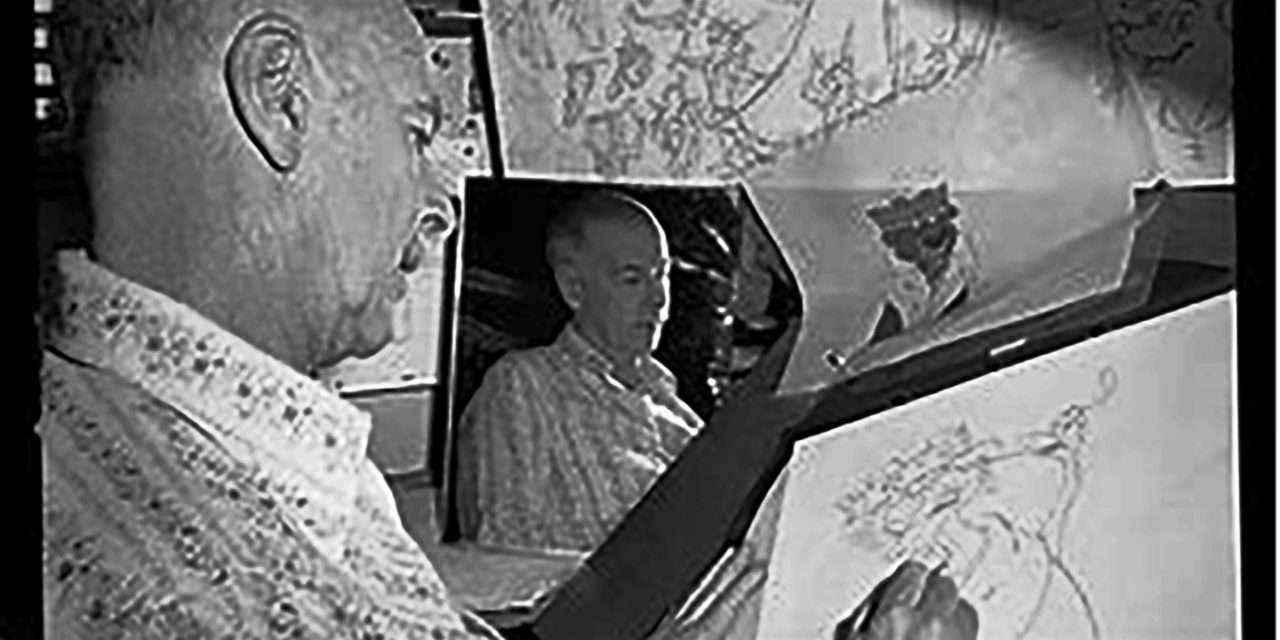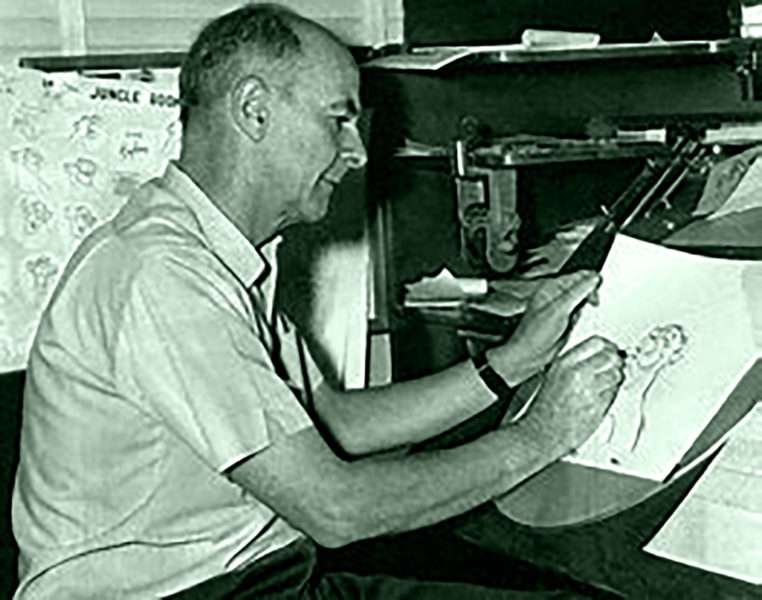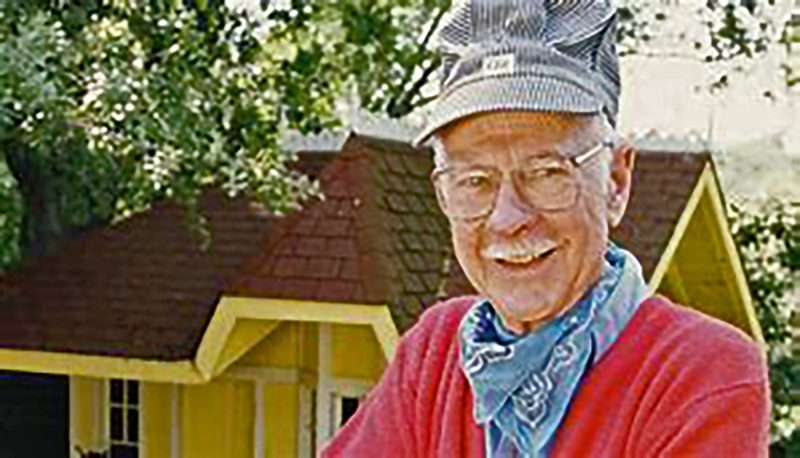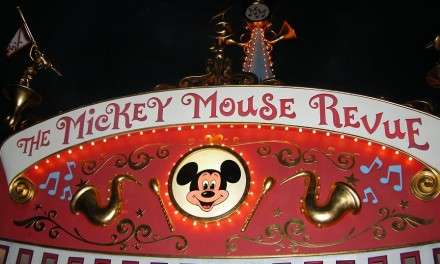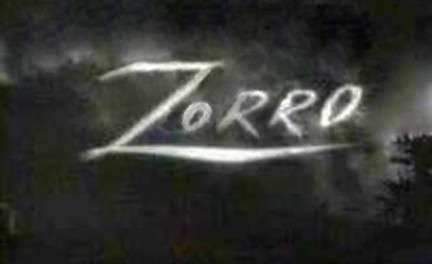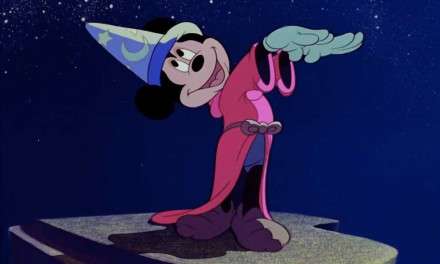I would be willing to bet that even among the most casual Disney Fans, all have heard of Walt’s “Nine Old Men”. This eclectic core group of Walt Disney’s most staid animators during the golden era of the studio were responsible for the creation of all the most memorable animated classics and characters in the company’s history. To be sure, all of these gifted men were genius amongst themselves; however, it seems that history has chosen two of these “Nine” as the core of the group, and perhaps the most recognized today, even 10 years since the passing of Ollie Johnson, the last of Walt’s legendary “Nine Old Men.”
So why do Frank and Ollie (They are usually referred together as such!) stand out so to speak? Perhaps because of their lifelong friendship, their contributions to the classic Animated films, their joint retirement from the Disney Studios early in 1978, and following retirement, they embarked on a second career as authors. They put into words how they and their colleagues made all those amazing discoveries that enabled character animation. Ollie’s love of steam trains was the catalyst for Walt’s love of the hobby, and subsequent steam train in his backyard and around the future Disneyland. Thomas and Johnston were both born in California year 1912, Thomas in Santa Monica and Johnston in Palo Alto. Their fathers were both teachers and both boys enjoyed the same kind of books, especially the adventures of Robin Hood. Even with two dissimilar personalities and hobbies, they worked together very well. They even built adjoining houses on a plot of land in Flintridge, California, where they remained for the rest of their lives with their wives and children.
Frank Thomas was born and raised in Fresno California on September 5th, 1912. By the age of nine, Frank knew his life’s ambition was to be an artist. He remembered once asking his father, who was President of Fresno State College, how he could make money by just drawing pictures. Naturally attending Fresno State, in his sophomore year, his art interests stretched to motion pictures. Frank even wrote and directed a movie parodying life at the college, which played in local theaters, as a class project. Frank finished his education at Stanford University and continued on to study at the prestigious Chouinard Art Institute in Las Angeles. At the time, he was staying at a rooming house where he met another Stanford graduate who worked as an artist at the Disney studios. He told Frank about a job opening. Frank applied and began work as Disney employee # 224. His first assignment…The short “Mickey’s Elephant”.
Some of Frank’s animation milestones…He animated the scene with Bambi and Thumper clambering on the ice-choked pond, attempting to skate, the scene with the Dwarfs sobbing inconsolably over Snow White’s body on her bier, the Wizards duel between Merlin and Mad Madan Mim in the Sword and the Stone, the unforgettable Lady and the Tramp scene, where the pair were sharing a spaghetti dinner and Merlin and Arthur scurrying around as squirrels. Frank was considered the more analytical of the team, being neat and keeping things orderly. He instilled intense personalities into his characters. For Frank, personality was the key to successful animation. He once said… “Until a character becomes a personality, it cannot be believed. Without personality, the character may do funny or interesting things, but unless people are able to identify themselves with the character, its actions will seem unreal.”
Ollie Johnson was born on October 31st, 1912 in Palo Alto California. His father, much like Frank Thomas’ father was an educator, a professor of romance languages at Stanford University. He attended grammar school right on the campus of Stanford and continued on to graduate from Palo Alto High School. He attended college at Stanford and his last year of study was at, like Frank Thomas, Chouinard Art Institute.
Frank and Ollie began their professional and personal enduring friendship in 1931. Thomas remembers… “We first met at Stanford in the art department. They didn’t have much of an art department as I recall. So we had to drive up to San Mateo twice a week to take a life drawing class,” It was those long drives back and forth that the men began to realize they had the same basic outlooks and ideas, and these long conversations ignited their lifelong friendship. It was Thomas who, after starting at Disney first that he arranged for an interview and tryout at the studios for Ollie, and he passed with flying colors. On January 21st, 1935 Ollies began his career animating the early shorts, i.e. The Tortoise and the Hare, and Mickey’s Garden. Both men worked under the tutelage of the Uber talented animator, Freddy Moore.
Some of Ollie’s memorable moments are the friendships and relationships between Sir Hiss and Prince John in Robin Hood and the bonding of Baloo and Mowgli as they danced to the song “The Bear Necessities” in the Jungle Book. He also animated such classic characters as Mr. Smee from Peter Pan, the scene in Bambi where Thumper tries to detail the magnitude of eating greens, and the fairy scene in Sleeping Beauty where fairies Fauna, Flora and Merryweather fawn over Princess Aurora. Both men worked together on many projects, The Brave Little Tailor, The Pointer and The Practical Pig, but their primary influences are to the classic animated feature films. But as talented and brilliant as the pair were, they were different in many ways. As stated before, Frank was the more analytical, thought his way through situations animation presented, kept things orderly, even in the most impossible actions. Ollie, on the other hand, was more instinctive and refined, he many times worked delicate and tender scenes in this manner. Disney animator Glen Keane once said… “Ollie had this way of kissing the paper with his pencil, barely touching it and finding the simplest forms.” “Frank’s way of drawing was a thousand lines trying to find the perfect way by searching out the form and expression.” Both men were legendary for creating believable, sincere characters, villain, buffoons or heroes.
Both men had divergent approaches to animation and even in their hobbies. Thomas loved to play the piano (And did so with them in his spare time, playing with the internationally famous “Firehouse Five Plus Two” jazz band, along with fellow Disney artists including Ward Kimball). Ollie was a steam train enthusiast and inspired Walt to construct a backyard railroad like his. But the men cared and respected each other throughout their lifetimes. Frank once quipped… “I think the reason Ollie and I have gotten along as well as we have over the years is because we speak the same language and for many years we spoke the same language as Walt. There is a truth and an honesty there that you don’t always find even in fairly close friends. Somebody always wants to do a little one up-manship or something but there is never anything there like that with us.” Ollie summed up with… “We had a way of working together that benefited the both of us. We each lifted the other up to something he couldn’t do by himself.” Animation Historian John Canemaker said… “Each of them had certain strengths and complemented the other.
Ollie stated… “Over the years, we had a lot of time to talk to each other and we learned how each other thought and approached our problems and what we were weak in and strong in.” “I’d take a drawing in to him and he’d point out what he thought was missing or maybe point out what he liked about my drawing that I didn’t see. I’d end up with a much better drawing. I couldn’t have done it by myself.” The friendship of these two men revolutionized animation, and their work is still studied today by animators. Although they sometimes disagreed with each other, in a respectful manner, they always looked forward to exchanging ideas back and forth. They imparted gladness and sadness to drawings on paper that, even after 83 years, enthralls audiences today.
In their careers of more than four decades with the Disney Studios, Frank and Ollie both together and solo created the most unforgettable characters and scenes in the Studios classic features and were the top talent in the art of character animation. Until both men jointly retired from the Disney Studios in 1978, they produced more than 20 classic animated features. But they were not to be forgotten. They both continued on in second careers as authors. Perhaps one of the animations most cherished “Bible” so to speak is the collaborated effort of Thomas and Johnson, requiring five years to complete is their first authoritative book on the subject of animation…Disney Animation-The Illusion of Life. This book explains the processes involved in clear, non-technical terms. It also includes the Disney animators 12 basic principles of animation. The book explains how they and their fellow animators honed the animation craft to a razor’s edge.
They also wrote “Too Funny for Words”, “Walt Disney’s Bambi, the story and the film” and the “Disney Villain” Ollie stated… “Frank and I started writing together in art school and that continued on after we started working at Disney.” In a continuing tribute to these animation pioneers, they are the subject of a documentary film, written, directed and produced by Theodore Thomas, Frank Thomas’ son; “Frank and Ollie. Produced in 1995, it chronicles the friendship and careers of these men. Theodore said he learned many surprising things while making the film. “I always had this image of my father as being sort of organized and being the leader. They were always referred to as ‘Frank and Ollie.’ and I guess in that I had assumed that Frank took the lead in things”. “I realized how really symbiotic their relationship was” In the same year, in the classic Mickey Mouse short, “Runaway Brain”, a villain was included in the script named “Dr. Frankenollie”
In addition, both men made cameo vocals for two of director Brad Bird’s animated features, “The Iron Giant” (1999) and in the 2004 film, The Incredibles. In the final battle scene in Pixar’s 2004 film, you will notice a pair of elderly men in glasses, smiling in agreement at the final victory, quipping…”That’s old school,” says one fellow. “Yeah, no school like the old school,” says the other. Film director Brad Bird, made the caricatures of both men for the ending of the film, and Frank and Ollie personally provide their voices for the caricatures, forming the notion that even with the advances in computer animation that the “old school” principles of animation were still the foundation for creating the illusion of life.
Frank Thomas has the prestigious Legends Award in Animation, inducted in 1989 and on November 10, 2005, Ollie was presented the esteemed National Medal of the Arts by President George W. Bush at a ceremony in the Oval Office. Sadly, Frank Thomas passed away on September 8, 2004, in La Cañada Flintridge, California. Ollie passed away on April 14, 2008, in Sequim, Washington. The last surviving member of Walt’s legendary “Nine Old Men.”
The legacy and lasting memories left by these two animation pioneers, and the rest of Walt’s “Nine Old Men” will live on as long as hand-drawn and computer-generated animation features and cartoon shorts continue to make us laugh and forget the real world, even for a short time.

